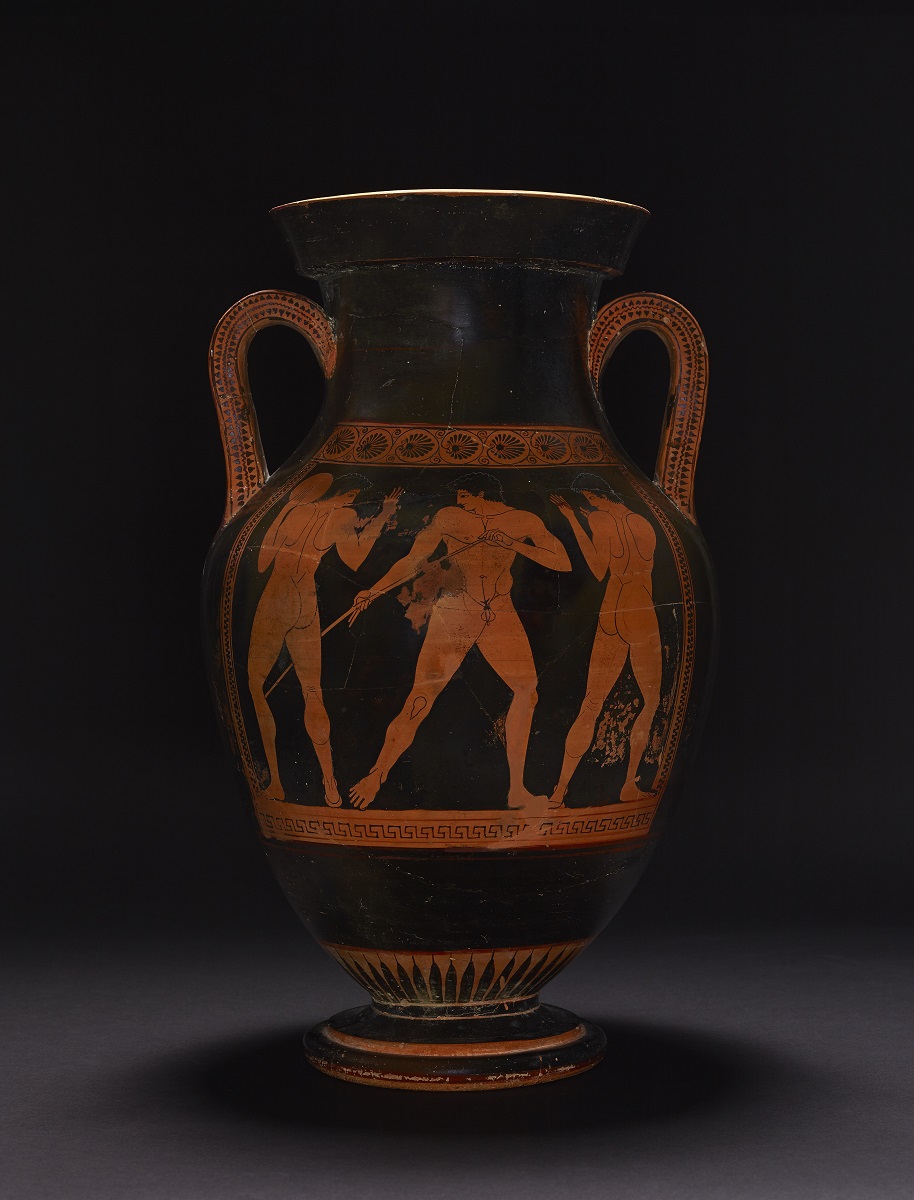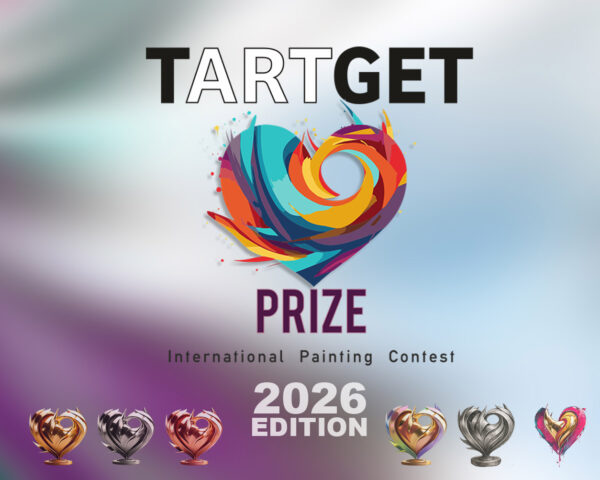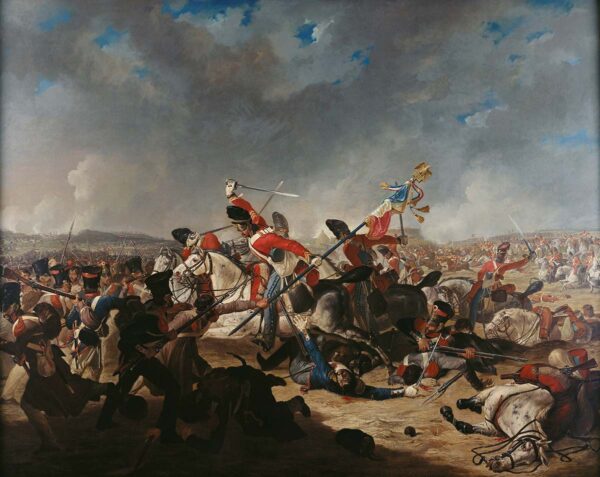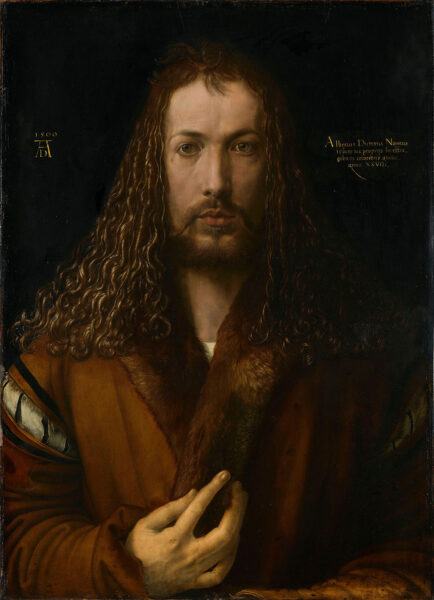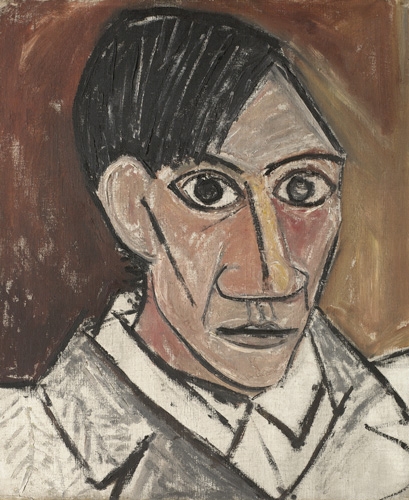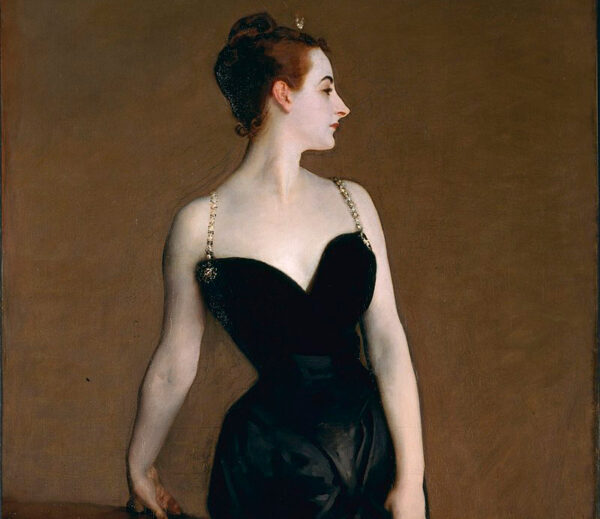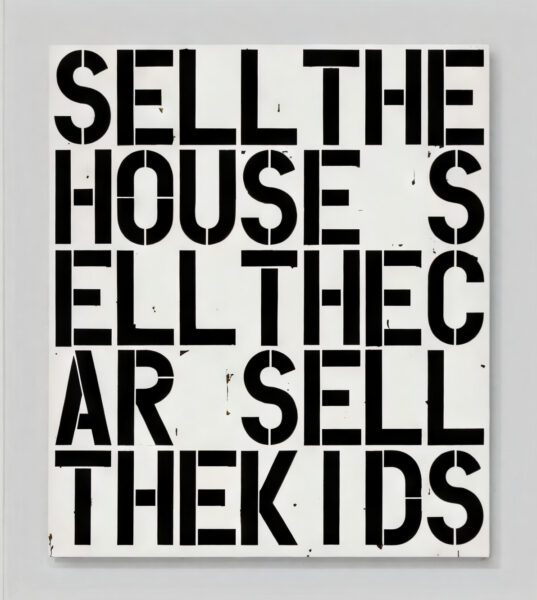The revival of modern games and artistic celebration
The modern Olympic Games, revived in 1896 by Pierre de Coubertin, also embraced the arts. Coubertin himself was a great admirer of ancient Greek culture and believed that the Olympic Games should be a celebration of both body and mind. This philosophy led to the inclusion of art competitions in the early modern Games, where participants competed for medals in categories such as painting, sculpture, literature, and music.
One notable artist from this period was Jean Jacoby of Luxembourg, who won two gold medals in painting during the Paris 1924 and Amsterdam 1928 Olympics. His works, such as “Études de Sport” and “Rugby,” vividly depicted the dynamism and intensity of athletic activities.
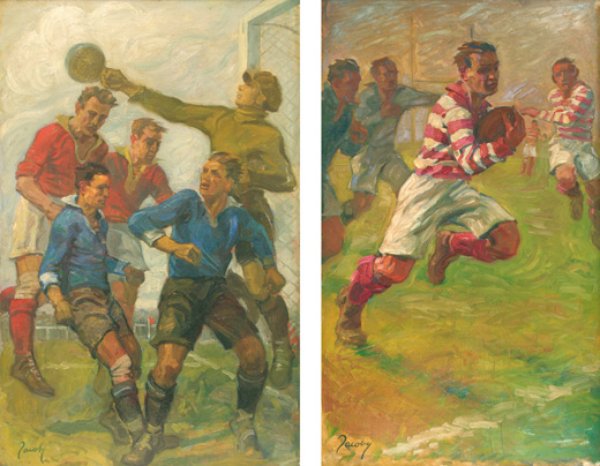
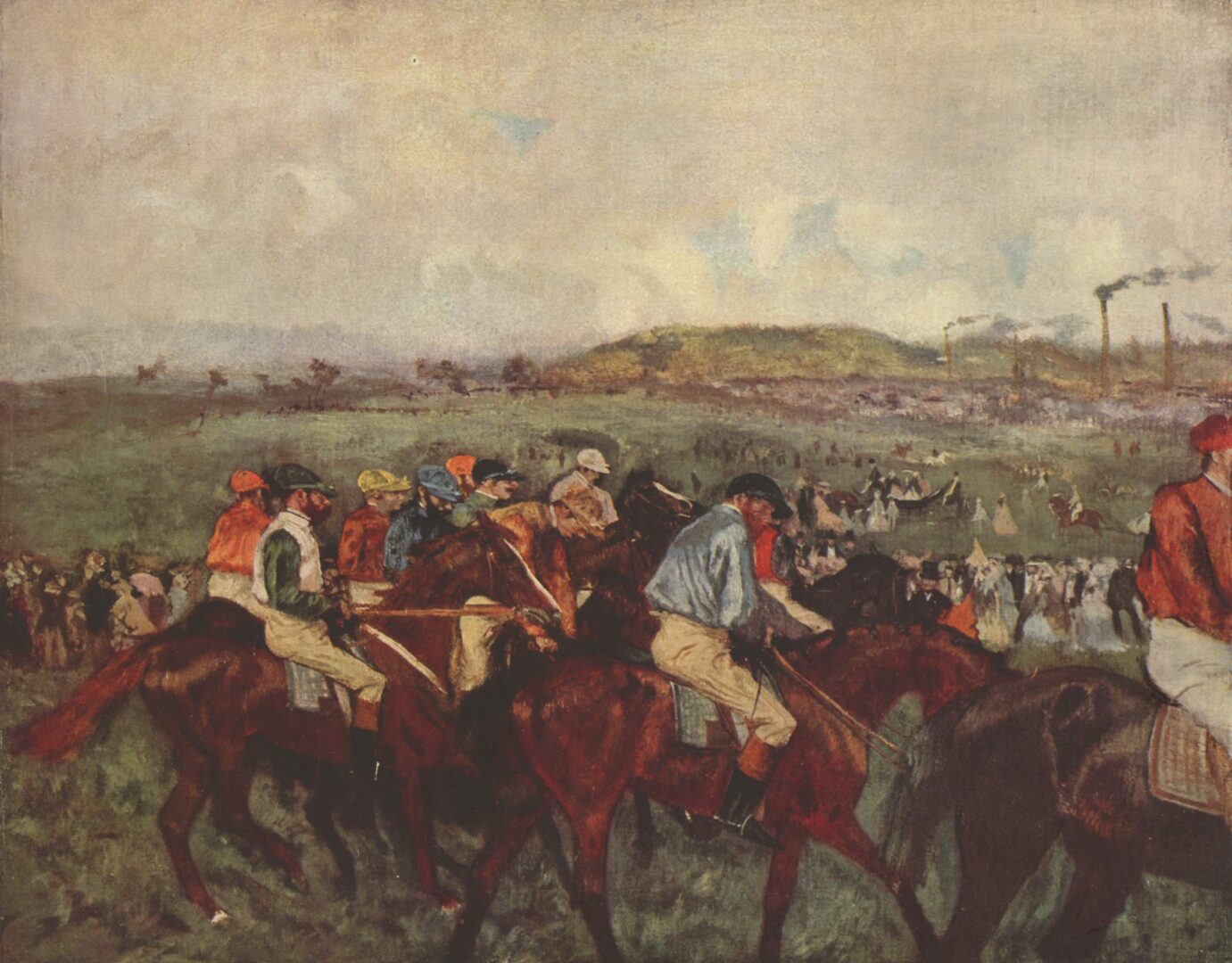
Impressionism and the Olympic Games: capturing movement and light
In the late 19th and early 20th centuries, Impressionist painters were fascinated by the interplay of light and movement, elements intrinsic to sports.
Edgar Degas, although not directly associated with the Olympic Games, captured the essence of athletic movement in his depictions of ballet dancers and horse races. His focus on the human body in motion and fleeting moments of athletic effort reflected the excitement and transience of Olympic events. Similarly, Claude Monet’s series on rowers and regattas showcased his ability to convey the harmony between man and nature, a central theme in the Olympic ethos.
Olympic posters: an artistic tradition
Olympic posters have become an art form in their own right, with each host city commissioning artists to create iconic images that encapsulate the spirit of the Games. These posters not only promote the event but also serve as cultural artifacts, reflecting artistic trends and the sociopolitical climate of their time.
For the 1932 Los Angeles Olympics, American artist Richard Fayerweather Babcock created a poster featuring an athlete holding a laurel crown, symbolizing victory and honor. The series of posters for the 1972 Munich Olympics, designed by Otl Aicher, used simple geometric shapes and bright colors to convey a sense of modernity and optimism, despite the tragic events that overshadowed those Games.
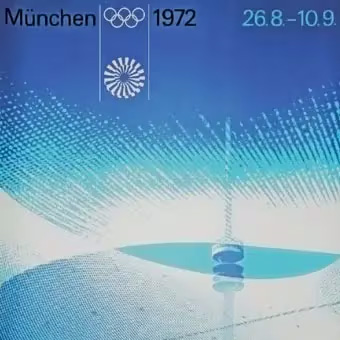
Contemporary art and the Olympic Games: a continuing legacy
In recent decades, contemporary artists have continued to find inspiration in the Olympic Games, exploring themes of unity, perseverance, and the human spirit. British artist David Hockney, known for his vibrant use of color and innovative techniques, created a series of works for the 2012 London Olympics. His pieces celebrated the diversity and energy of the host city, capturing the excitement of the Games through his distinctive style.
Another contemporary example is French street artist JR, who was commissioned to create large-scale installations for the 2016 Rio de Janeiro Olympics. His giant portraits of athletes, displayed on buildings and throughout the city, highlighted the individuality and humanity of the competitors, bringing art into the public realm in a powerful way.

The Future of Art and Olympism
Looking to the future, the advent of digital art and virtual reality offers new possibilities for creators to explore and represent the Games. As Paris 2024 approaches, it will be exciting to see how contemporary artists harness these technologies to create immersive and interactive experiences that capture the spirit of Olympism. Innovation is key, and it always moves at a breakneck pace.
In conclusion, the history of painting and the Olympic Games is a testament to the enduring power of art to underscore the essence of human achievement and the universal values of the Olympic movement. From ancient Greek ceramics to contemporary street art, each era has left its mark on the pages of art, enriching our understanding and appreciation of the Games. As the French capital hosts the fastest, the highest jumpers, and those who exhibit the most strength, one can only hope that the reflective and critical eyes of artists will be nourished by pure emotion and swiftly contribute new chapters to this sensational marriage between art and sport.
Ismael Terriza Reguillos
Journalist and Communications Director of Target Painting Prize

